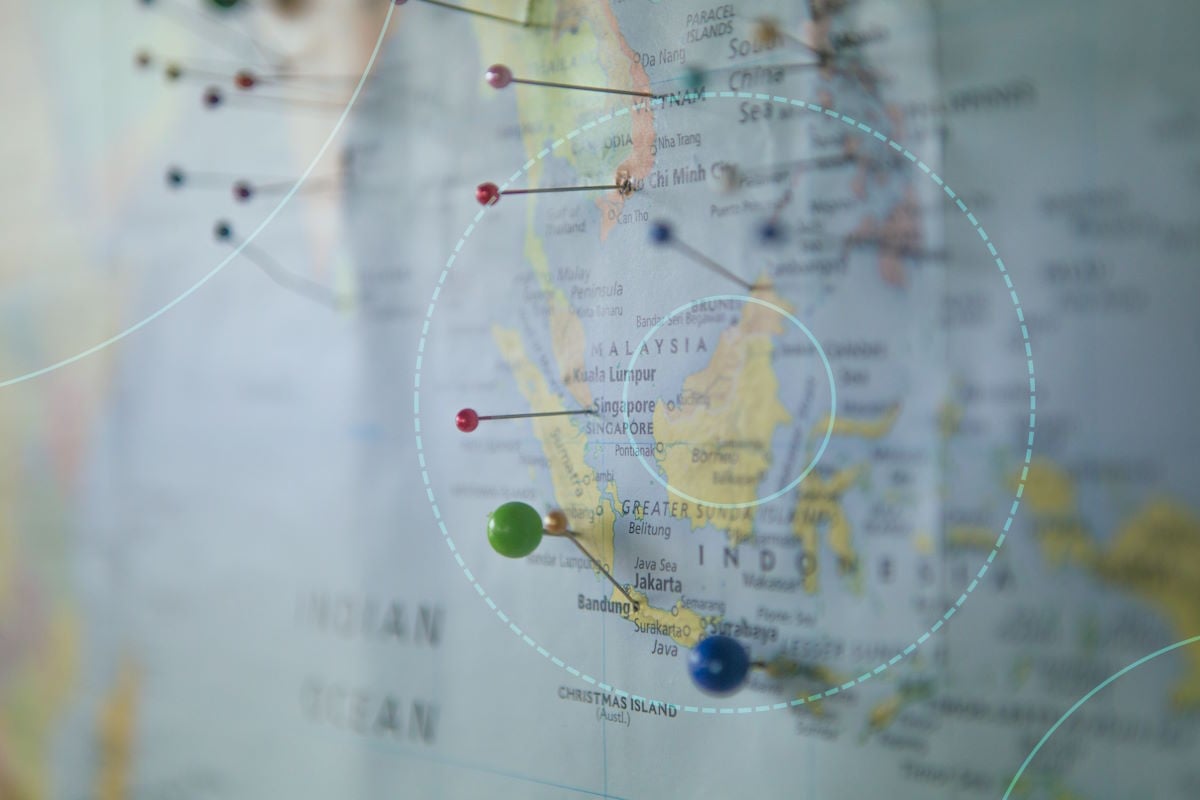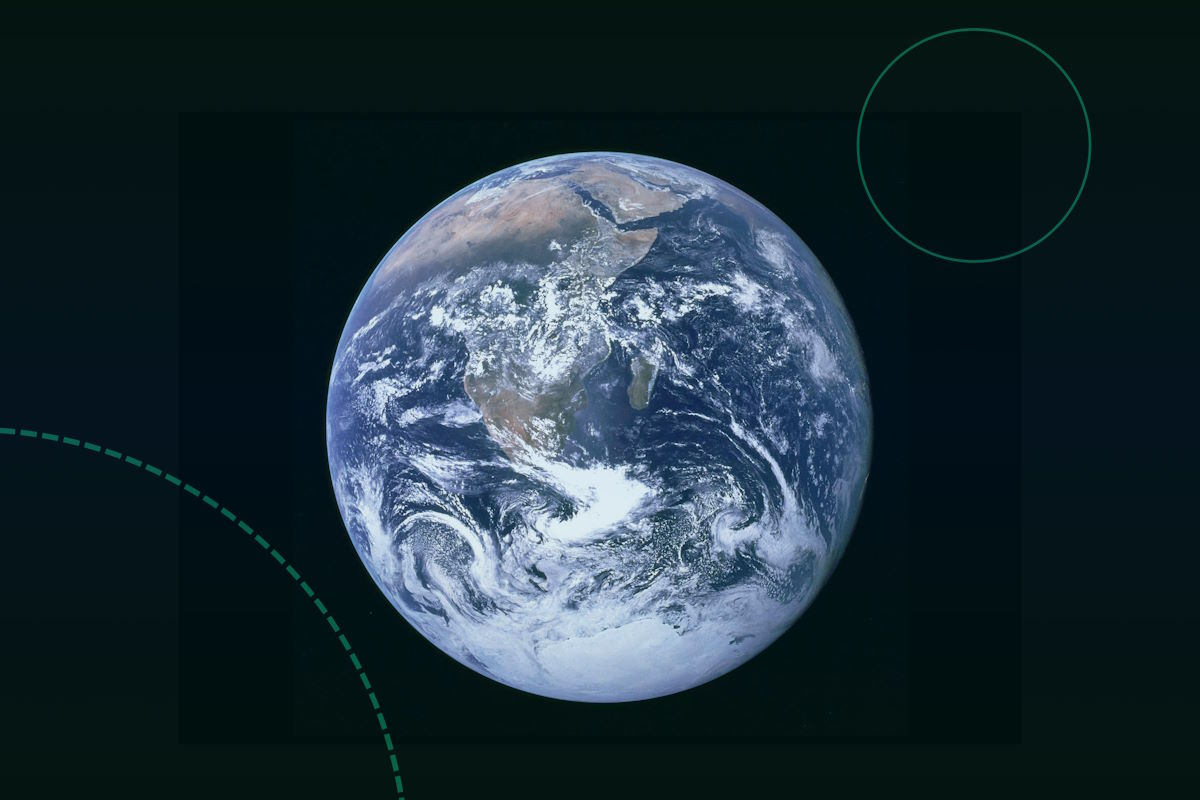The choice between geofencing vs geotargeting strategies defines where, when, and how brands reach their customers.
Knowing when and how to utilize these powerful technologies can make or break a marketing strategy
In the dynamic landscape of digital marketing, precision is paramount. Geotargeting and geofencing are pivotal strategies to this end, each wielding unique capabilities to engage audiences based on location. As businesses seek to enhance personalization and relevance in their marketing endeavors, understanding the difference between geofencing and geotargeting becomes essential.
Join us on a journey to unravel the distinctions between geofencing vs geotargeting, exploring how these techniques shape the future of targeted marketing and consumer engagement.
Learn more about geotargeting strategies, platforms, tools, and more with our comprehensive article, Geotargeting: The Complete Marketer's Guide.
What Is Geotargeting?
Geotargeting, also known as location-based advertising, is the process of delivering ad content based on the location of a target audience. For marketers, it creates an opportunity to tailor campaigns for specific geographic regions, including local details that audience segments will recognize and be more receptive to.
In online marketing, geotargeting campaigns gather and analyze customer data like IP addresses, GPS coordinates, or postal codes. This information enables businesses to determine the user's location and deliver relevant advertisements. For example, a travel agency might use geotargeting to display ads for vacation packages to users from specific cities or countries.
What Is Geofencing?
Geofencing is a geotargeting strategy that utilizes location-based services to trigger actions in mobile applications and software programs. It uses technologies such as WiFi, RFID (Radio Frequency Identification), GPS (Global Positioning System), and cellular data to create a virtual perimeter or zone around a predetermined point on a city map.
The main distinction between geofencing vs geotargeting is the former automatically delivers messages to businesses or individuals when someone enters or exits a specific area. For example, a retail store might send a personalized promotion to customers where they come within a certain radius of the store. These capabilities make geofencing useful for delivering marketing campaigns, collecting logistical data, or managing security
When to Use Geofencing vs Geotargeting
While geotargeting and geofencing both rely on location technology to deliver targeted messages, they have different objectives that determine their effectiveness in advertising campaigns.
Geotargeting broadly aims to communicate with users wherever they might be. This technique is most effective when the goal is to target specific groups of people within defined geographic areas, such as a city or neighborhood. As such, campaigns will account for details like demographics, customer behaviors, personal interests, and other data points to ensure the message is as relevant as possible. For example, a restaurant chain might use geotargeting to reach people within the same city or in surrounding neighborhoods.
Geofencing, on the other hand, targets users within a virtual boundary around their immediate location. When users approach or exit the area, they can receive targeted promotions about purchases that are immediately available. It is particularly powerful when businesses want to attract customers in real-time or during an event. For example, a music festival organizer could utilize geofencing to update attendees about performances within the festival grounds.
Thus, while both are effective techniques, the choice between geotargeting vs geofencing on which one to use depends on the specific objectives and circumstances of the campaign. By considering factors such as target audience, location, and desired interaction, businesses can make informed choices to optimize their advertising efforts.
Make tvScientific Your CTV Partner
tvScientific was co-founded by senior executives with deep roots in search, programmatic advertising, digital media, and ad verification. We think scientifically, and our results are driven by a belief in one, simple formula: Trust = Data x Transparency x Control.
With powerful attribution capabilities, real-time reporting, automated optimization, and built-in, always-on testing, we believe that tvScientific provides the most robust, transparent, tailored CTV advertising platform. Once you see it for yourself, we know you will too. Request a demo today.







